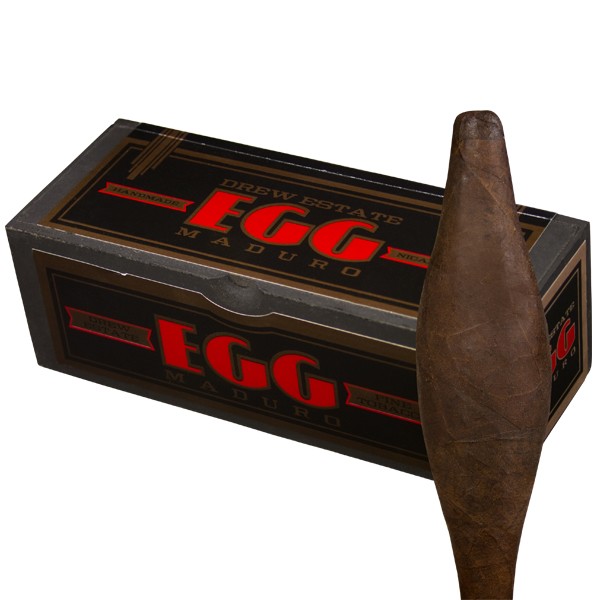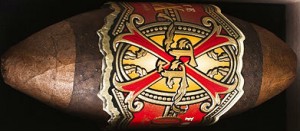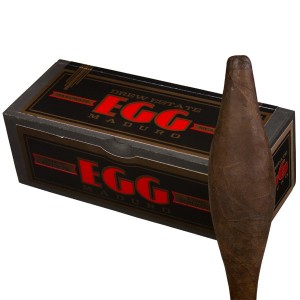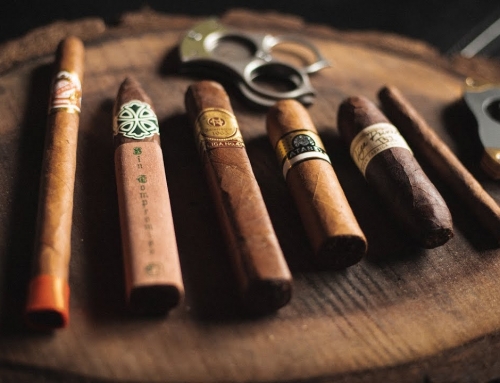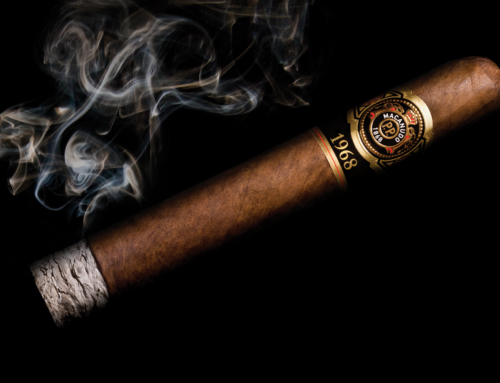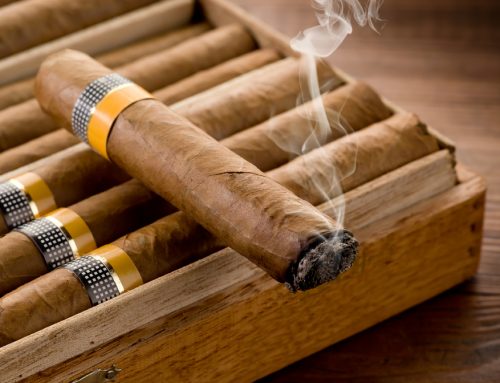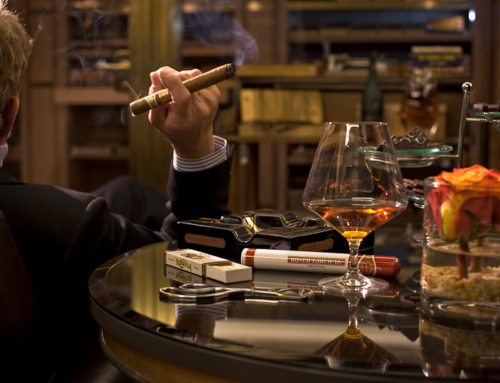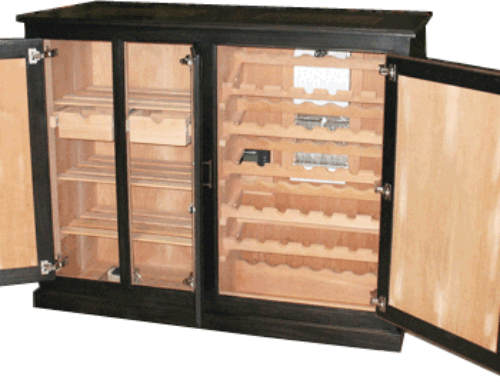Understanding the design of a cigar
Cigars come in many shapes, sizes and colors, which can be overwhelming when first starting out. Every shape, size and color of a cigar has its own unique name. In this article, we’ll help to clarify what it all means, how they differ, and what to expect from each one. Sit back, light up, and enjoy this guide while we take you through a journey of the many characteristics of a good cigar.
A little background
If you’ve been in a cigar store, you know cigars take on many forms, allowing for a plethora of choices. Believe it or not, a cigar made of the exact same tobacco can taste significantly different depending upon the size of the stick. Even the shape will allow for a different experience. Cigars are measured in ring gauge, this is the diameter of the thickest point of the cigar. Ring gauge is broken down into 64ths of an inch.
Example: a cigar with a ring gauge of 50 is 50/64 of an inch in diameter. Some people will say that a fat cigar (large ring gauge) will deliver a milder, more smooth (cooler) smoke. It’s possible for the shape to affect the strength to some degree, however the type of tobacco plays a major role in how strong a cigar is as well.
How size affects the taste of a cigar
Let’s say you have two cigars. Both of these cigars are made from the same manufacturer, same blend of tobacco, everything inside the cigar is identical. The only difference is the ring gauge (diameter). We’ll make one a 30 ring gauge and the other a 55 ring gauge. Which do you think will burn hotter and produce more intense flavors – the smaller diameter cigar (30 ring gauge) or the larger cigar that’s nearly double the diameter (55 ring gauge)?
Believe it or not, the 30 ring gauge cigar will seem stronger, and produce a hotter smoke with more intense flavors. Because there is less filler in this cigar, it will burn hotter and faster. The smaller cigar will also consist of more wrapper (the outer tobacco leaf which imparts a lot of flavor, and helps define how the cigar will taste). Since the smaller cigar has less filler (the inner leaves of a cigar) and more wrapper, it will burner hotter, and in turn your burn ratio of filler to wrapper will mean that more wrapper will burn. This will create a more robust, stronger taste. Remember, the wrapper generally contains a lot of the flavor profile of the cigar.
Think of it as a burrito. Let’s say the tortilla has ground habanero pepper in it. If you eat a smaller diameter burrito, that means there is less rice, beans, cheese, meat inside of it, so you’ll taste more of the habanero flavored tortilla. If you eat a big fat burritto with tons of rice, beans, cheese, meat inside, you’ll taste less tortilla and more of the filler. While the tortilla (wrapper) of a burrito doesn’t really have much flavor, a wrapper of a cigar certainly does. Therefore the taste/flavor of a smaller ring gauge cigar will be more intense than that of a larger ring gauge cigar. Keep in mind, we’re comparing cigars with identical tobaccos. When you start comparing cigars of different ring gauge and different filler, wrapper, etc, this rule can change.
Understanding Cigar Shapes, and their unique names
There are two primary cigar shapes: Parejo and Figurado. Each primary shape has several different sub-shapes. Let’s start with the Parejo; this is generally the shape most people think of when they hear the word “cigar”. A parejo is sometimes referred to as a “corona”. This shape of cigar has a cylindrical body with straight sides. The foot of the cigar (end you light) is usually a straight cut and same diameter of the body, while the head (end that you cut/smoke from) tapers off to a round cap.
Here is a standard Parejo type cigar:
Common names and sizes of the family of Parejo Cigars
| Term | Length in inches | Ring Gauge(width in 64ths of an inch) | |||
|---|---|---|---|---|---|
| Rothschild | 4 + ½ | 48 | |||
| Robusto | 4 + ⅞ | 50 | |||
| Small Panatela | 5 | 33 | |||
| Petit Corona | 5 + ⅛ | 42 | |||
| Carlota | 5 + ⅝ | 35 | |||
| Corona | 5 + ½ | 42 | |||
| Corona Gorda | 5 + ⅝ | 46 | |||
| Panatela | 6 | 38 | |||
| Toro | 6 | 50 | |||
| Corona Grande | 6 + ⅛ | 42 | |||
| Lonsdale | 6 + ½ | 42 | |||
| Churchill | 7 | 47-50 | |||
| Double Corona | 7 + ⅝ | 49 | |||
| Presidente | 8 | 50 | |||
| Gran Corona | 9 + ¼ | 47 | |||
| Double Toro/Gordo | 6 | 60 |
Here is a standard Figurado type cigar:
While the above cigars are the most common/known sizes and shapes, it’s important to remember that manufacturers will oftentimes adjust the shapes and sizes according to the blend requirements. Some manufactures will go as far as creating an entirely new shape or size. Fuente once created a football shaped cigar. Drew Estates has an egg shaped cigar. See below for unique cigar shapes.

